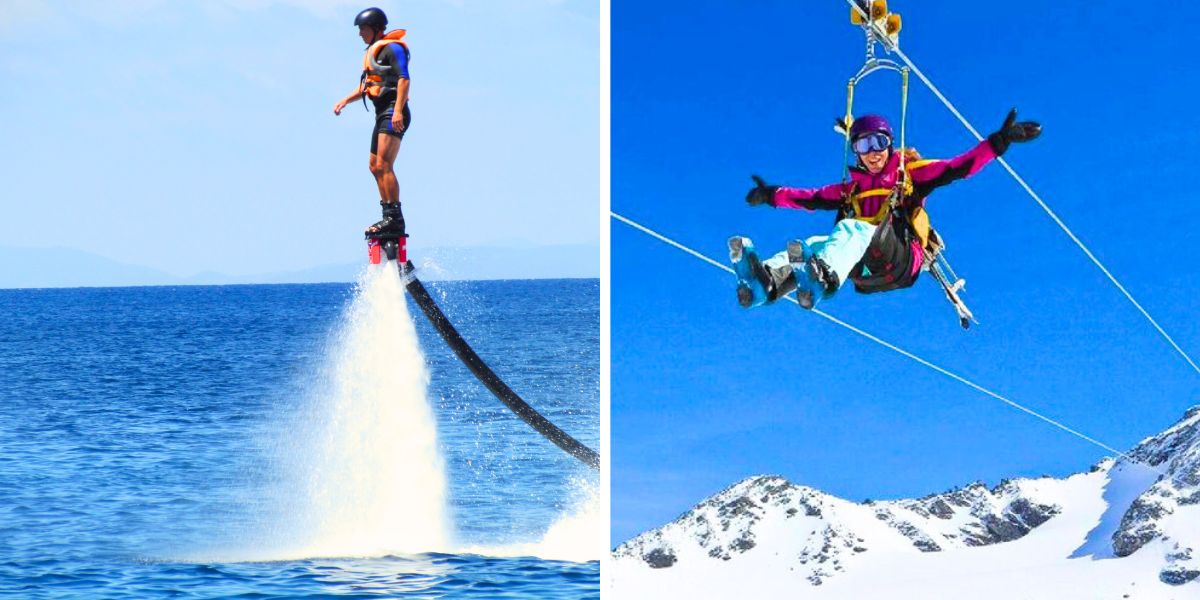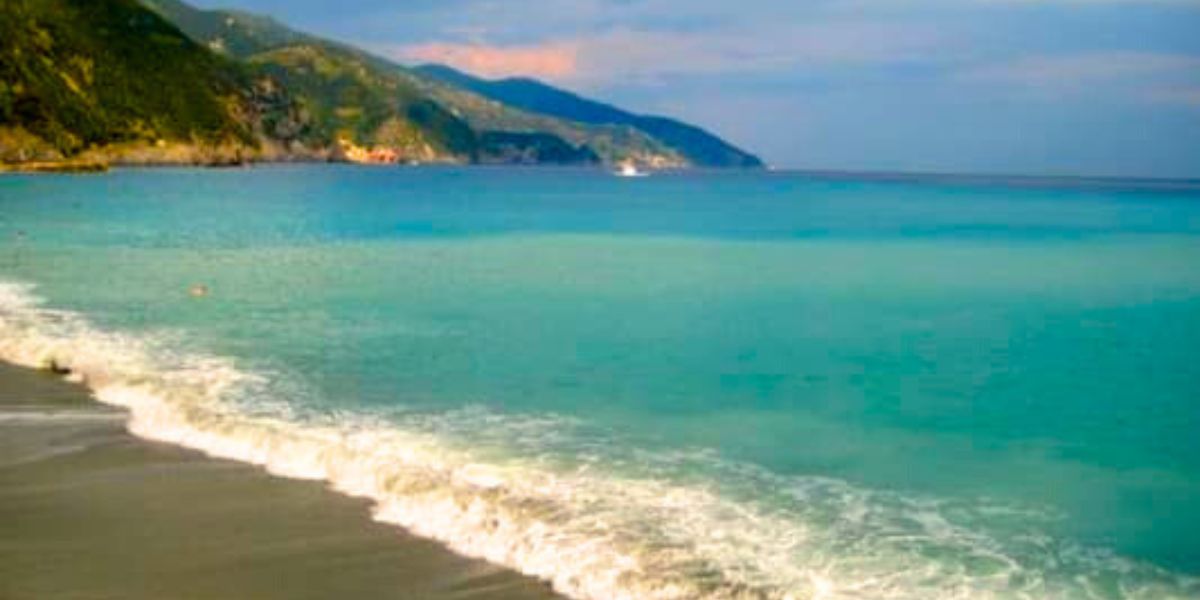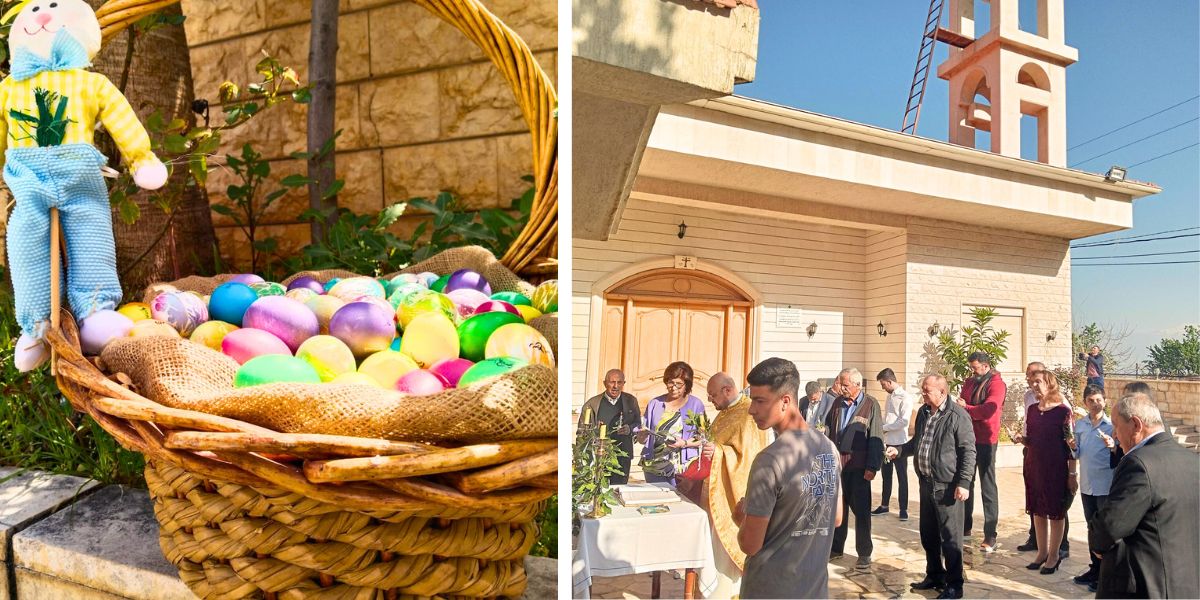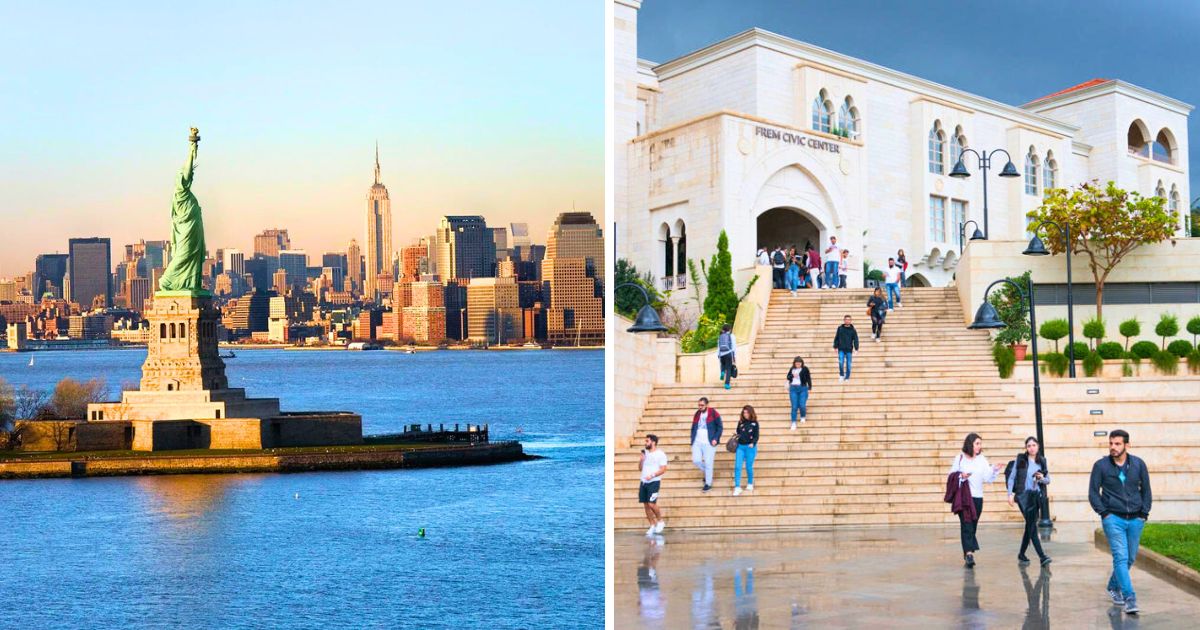NASA shared on Tuesday a beautiful space photograph, taken by Lebanese astrophotographer Anthony Saab, on its Astronomy Picture of the Day (APOD) website.
APOD is a website provided by NASA and Michigan Technological University that selects and features a different photograph or image of the universe every day.
Anthony Saab is a sound engineer and sound designer by day and an avid astrophotographer by night.
When It All Started
Though relatively expensive and time-consuming, Saab has been pursuing astrophotography and taking stunning photos of the night sky for 8 years, and he doesn’t plan on stopping.
His interest in space and astronomy goes back to when he was much younger — around 8 years old.
As a child, he set his eyes on a computerized telescope with a hefty price tag of $1,400 but never came around to saving that much money, so he settled with a cheap telescope his parents bought him.
“When I started working and making some money, I just went and bought a computerized telescope without even thinking twice about it, and I’ve been upgrading my gear slowly ever since then,” Saab told The961.
To the passionate stargazer, astrophotography is rewarding in and of itself. To have one of his photos featured by NASA, though, is a whole different level of rewarding.
“Having your image featured on APOD is really the most prestigious reward you can ask for in astrophotography,” he said.
“Just the sole idea that thousands and thousands will see, share, and learn from an image that I produced and worked so hard on is honoring and pleasing, let alone that it’s picked and approved by NASA out of the hundreds and thousands of images created by astrophotographers all around the globe with much more advanced and expensive gear and even by professional observatories.”
Taking the Shot
The photo in question is of the Veil Nebula, a giant cloud of gas and dust with a radius of 50 light-years, and 1,470 light-years away from Earth.
“The Veil Nebula image is the product of 4 nights of shooting, around 24 hours of exposure time just for that one image,” Saab explained.
He took the photo in the mountainous village of Akoura in the Byblos District of Mount Lebanon.
“It’s time-consuming but definitely rewarding when my laptop screen reveals the remnants of an ancient massive star that died thousands of years ago with an unimaginably violent explosion.”
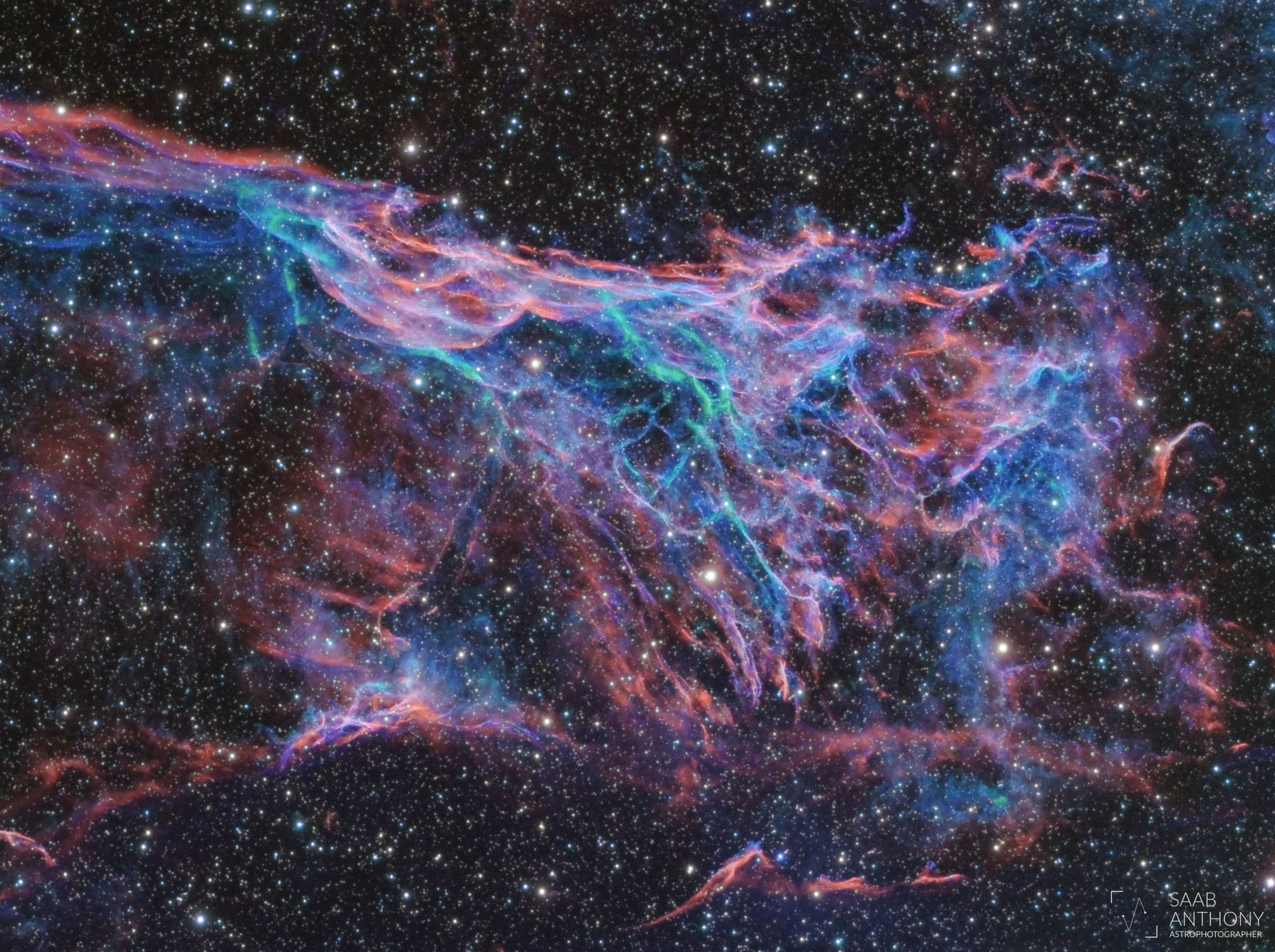
Instagram/@anthonyrsaab
To Saab’s advantage, the weather and his equipment, which are known to often slow astrophotographers down, were on his side that night, and the Veil Nebula photo turned out to be one of the easiest he has ever worked on.
The process does not end with taking the photo, however, as there is rigorous post-processing to be done afterward. For this particular photo, Saab wanted to do something original and unique.
“Whenever you Google the Veil Nebula, you always see almost the same image taken by many different astrophotographers,” he noted.
“This is definitely not a bad thing, but creating the same image as everyone else is not satisfying enough to me so I had to create something new and original, which I did by using a color palette that’s not overused and that really shows the separation in the filaments of the Nebula while giving depth, clarity, and sharpness to the overall image.”
Though he initially had mixed feelings about the final product, he decided to send it over to APOD representatives anyway.
“I sent them 3 different crops of the image, 2 of them got featured on Sky (APOD’s Facebook page for nominated images) the next day, and then I got an email that my image was going to be featured as the Astronomy Picture of the Day!”
Saab said that getting featured on APOD gave him a confidence boost and an even bigger incentive to keep pursuing this hobby, improving, and learning.
Notably, APOD featured another photo taken by a Lebanese astrophotographer around this time last year when Comet NEOWISE became visible in the night sky.


